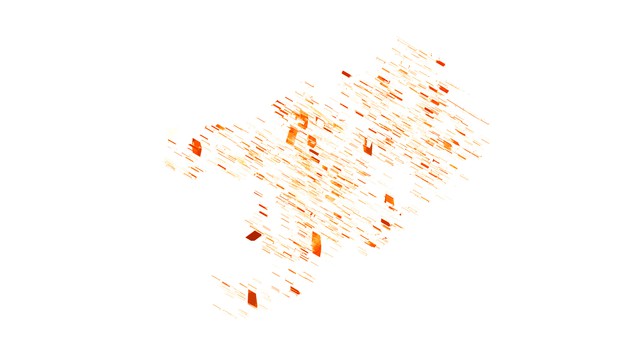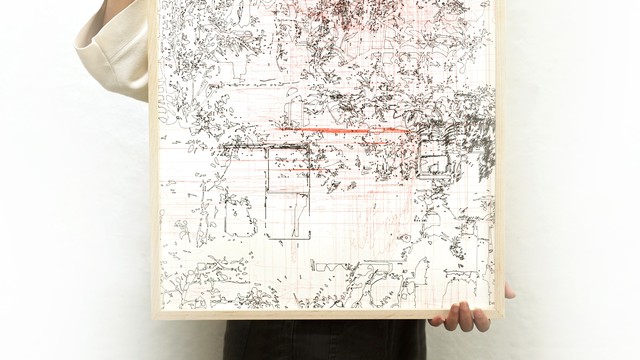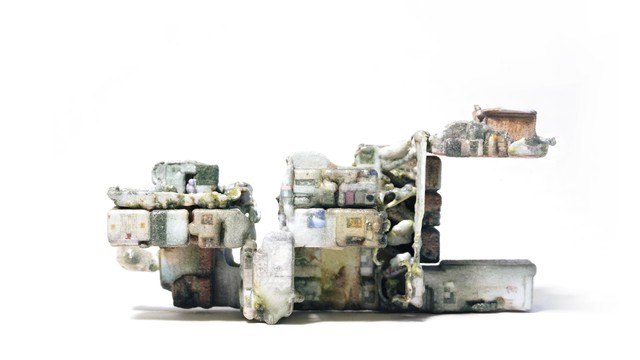Wrinkles 2022, United States of America, Cambridge
How do buildings age?






This project starts with the simplest yet most difficult task - observation. Through gazing at the minute details of the everyday, the growth of patina, the ritualistic cleaning, the easily obliviated people and events, this project uses “wrinkles” as a conceptual thread to .contemplate on the correlation between a building’s life cycle and the life cycles of the humans who inhabit it, embarking on a journey of wonder, introspection, and reimagination.
As simple as the natural law, no physical objects will last forever - we are all in perpetual senescence. While our eyes are sensitive towards the life cycle of human bodies, they are less attuned to the way buildings age. A building’s pristine original state, if that ever exists, only marks an infinitesimal, ephemeral point in the coordinates of time. Time is in fact the most significant part of the vitality of what we call - architecture. This project is rooted in an anonymous residential building in the center of Mexico City, one with 70 years of history being born, lived, earthquake-destructed, abandoned, repaired, rejuvenated, cared for, and so on. It dances between observation and imagination, and creates storytelling that unearths architecture as a living object, and unwraps its hidden layers of complexity. It seeks an alternative to break the binary of before/after, and to redefine the beginning and the end of architectural design. It is also an attempt to learn from people, from the quotidian, the ordinary, and to gently question established forms of architectural authorship. Borrowing viewpoints from our allied disciplines, photography, filmmaking, and landscape architecture, this project uses the digital camera to access a series of spatial tools and embrace their potentials, such as photogrammetry, data processing software, plotting machine, and most importantly, our eyes. It is an attempt to build an alternative literacy, a set of representations for the fundamental elements architecture is entangled with - time and people. We need to be better observers before we can become better designers. Living in a world that is saturated with modernism buildings boomed in the last century, which have, to different extents, started to show signs of crumbling, it is crucial for us to reflect the existing built environment and question - how will we live together? Solutionism is not the offering, but rather, an outlook for re-discovering architecture as life-long projects.
Poster
Details
Team members : Daisy Ziyan Zhang
Supervisor : Advisor: Prof. William O'Brien Jr. Readers: Jeffrey Landman, Prof. Rosalyne Shieh, Prof. Anne Whiston Spirn
Institution : Massachusetts Institute of Technology
Descriptions
Technical Concept : This project is an autobiographical exploration of the camera - the camera is a spatial apparatus that allows me to see what I cannot otherwise, and to translate the building. I took a cutting from the building and gifted you what has grown out of that imprint. Through exploring the possibilities of digital tools for scanning, modeling, data processing and printing, a series of multifaceted artifacts are created as the “Dérive”, i.e. derivations, of my architectural observation, that act as the props for this narrative to unfold.
Visual Concept : “How many colours are there in a field of grass / to the crawling baby unaware of the word ‘green’ / Imagine an eye unruled by man-made laws of perspective / An eye unprejudiced by compositional logic / An eye which does not respond to the name of everything / but which must know each object encountered in life / through an adventure of perception”1 Wrinkles are nebulous and insoluble attempts of a digital derivé, to transcend established representational methods, and conventional post-occupancy studies. Wrinkles are oneiric afterimages that reveal what Lefebvre refers to as “the minor magic of everyday life2”. 1. Optic Nerve Ltd. 2015. “Stan Brakhage: Metaphors on Vision” 2. Lefebvre, Henri. 2008. Critique of Everyday Life: V.1, trans. by John Moore and Gregory Elliott (London, England: Verso Books), p.98
Credits
Daisy Ziyan Zhang
Daisy Ziyan Zhang
Daisy Ziyan Zhang
Daisy Ziyan Zhang
Daisy Ziyan Zhang
Daisy Ziyan Zhang
Daisy Ziyan Zhang